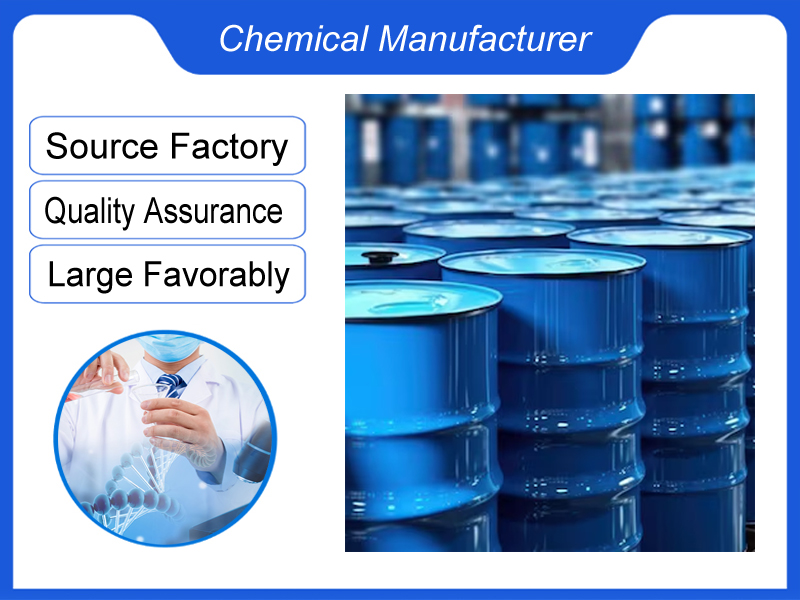
4-Ethylphenylboronic acid
We are a manufacturer based in China. We specialize in providing high-quality 4-Ethylphenylboronic acid for industrial clients across various sectors. Whether you need chemicals consultation or technical support, our team is here to help.
Category:Semiconductor Display Materials Own Brand:MT /MOQ:100KG /From China/ B2B only.
Introduction
4-Ethylphenylboronic acid, also known as p-Ethylphenylboronic acid, is an organoboron compound with an ethyl substituent at the 4-position of the phenyl ring and a boronic acid group. This compound is a versatile building block in organic synthesis, material science, and pharmaceutical research due to its unique reactivity and structural properties.
Key Properties
| Property | Details |
|---|---|
| IUPAC Name | 4-Ethylphenylboronic acid |
| CAS Number | 63139-21-9 |
| Molecular Formula | C₈H₁₁BO₂ |
| Molecular Weight | 149.98 g/mol |
| Category | Phenylboronic acid derivative, Pharmaceutical intermediate |
| Appearance | White crystalline powder |
| Boiling Point | ~285.1°C |
| Melting Point | 150-155°C |
| Density | ~1.07 g/cm³ |
| Storage Conditions | Sealed, in a cool, dry place |
| Synthesis Method | Organic lithium reagent method, Grignard reagent method |
| Applications | Suzuki coupling reactions, Drug synthesis, Material science |
Synthesis
4-Ethylphenylboronic acid can be synthesized using various methods, primarily involving organic lithium reagents or Grignard reagents. One specific approach involves using 4-bromophenylacetone as the starting material, which undergoes carbonyl protection, Grignard reaction, and dihydroxyboron substitution to yield 4-ethylphenylboronic acid.
Applications
In organic synthesis, 4-Ethylphenylboronic acid is a crucial intermediate for preparing complex molecules, especially those requiring defined stereochemistry and functionality. It is widely used in Suzuki coupling reactions, which are essential for forming carbon-carbon bonds in organic synthesis.
The compound is also used in the synthesis of various drug intermediates, such as 4-ethylbiphenylboronic acid, highlighting its importance in pharmaceutical research. Additionally, it serves as an intermediate in the synthesis of liquid crystal materials, showcasing its potential in advanced material applications.
Disclaimer: The above content is for reference and communication only among industry insiders, and does not guarantee its accuracy or completeness. According to relevant laws and regulations and the regulations of this website, units or individuals who purchase related items should obtain valid qualifications and qualification conditions.
If you're ready to take the next step, Leave your message below and we’ll reply soon. 20+ years of chemical manufacturing & export experience, a partner you can trust.





